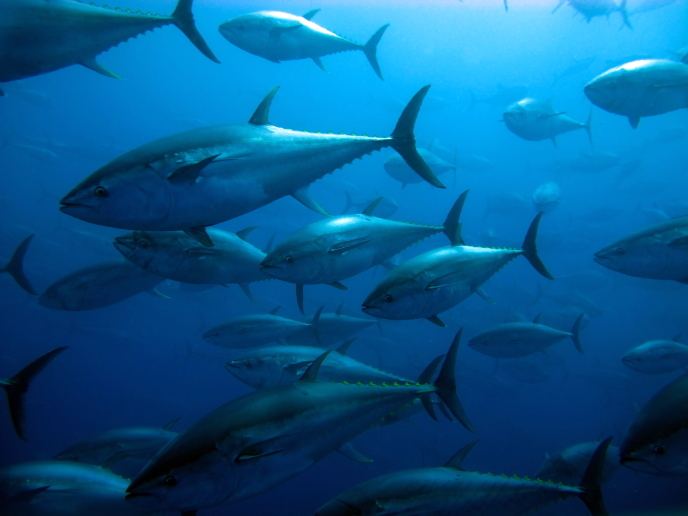The innovative subsea device that monitors fish stocks
In recent years, global fish stocks have experienced a range of pressures including overexploitation by the fishing industry, habitat loss and pollution. In some marine ecosystems, important species are now depleted and no longer play their ecological roles. Unfortunately, authorities lack accurate biomass data on current stocks and the technological tools to monitor them, making appropriate responses difficult. The EU-supported SYMBIOSIS(opens in new window) project has developed a system for the long-term monitoring of fish biodiversity, with a prototype deployed in three offshore and nearshore environments. The project detected and evaluated the biomass of more than 10 000 fish, including 2 000 of the six species chosen as biodiversity indicators. “SYMBIOSIS provides up-to-date information about key fish stocks allowing authorities to make evidence-based decisions and legislation, such as whether to impose fishing bans,” observes project coordinator Roee Diamant from the University of Haifa(opens in new window), the project host. “Our innovation could also serve as an ecological research tool, for the study of fish behaviour for example.” The project results have already been published in a number of journals(opens in new window).
The track-before-detect approach
The SYMBIOSIS system detects, classifies and estimates the biomass of six key fish species: albacore tuna, dorado, swordfish, Atlantic mackerel, Mediterranean horse mackerel and greater amberjack. These were chosen based on social and ecological criteria, such as their commercial importance and availability within the study areas. Additional considerations included catering for a variety of body size and type, swimming velocities and schooling behaviours. The SYMBIOSIS stand-alone, optical-acoustic solution operates autonomously, conserving energy for up to 3 months thanks to a design based on a chain of progressive steps. Periodically the system transmits a short, narrowband underwater acoustic signal. Signal processing and a neural network pick up any reverberations, indicating possible moving targets. If a target is detected, 20 wideband signals are then emitted with their reverberations analysed by a combination of dynamic programming and machine learning techniques. Within a detection radius range of up to 500 m, these tools verify the moving target is a fish, calculate its size, and estimate its location and trajectory. If targets are moving towards the SYMBIOSIS mooring, multiple cameras and strobes are triggered to collect images for neural network detection and classification. The information about the number, size and fish species is compressed and sent to shore via a combination of acoustic and radio links. Each system component was tested separately in over 50 sea experiments. A prototype underwent 10 sea experiments before being deployed in 3 test locations: 1 month below a surface buoy in coastal waters 125 m deep in the Mediterranean Sea; 2 days at an offshore Mediterranean site in 1 400 m deep water and 2 weeks in shallow water in a Red Sea reef. While SYMBIOSIS achieved most of its goals, it was unable to classify fish based on their acoustic signature. To achieve this the team are now building a larger database of acoustic signals from different fish, alongside new algorithms to accommodate greater diversity. “Nevertheless, these experiments demonstrated the system’s potential for detection accuracy and its ability to work autonomously for long periods of time,” explains Diamant.
Modular design
The SYMBIOSIS system is modular for flexibility and adaptation. Hydroacoustic components developed by Evologics(opens in new window), such as an ultrashort baseline acoustic positioning system, are now being commercially produced. Demonstrations and sales already under way and optical components are being further developed. The system will be smaller to make it more marketable. Further improvements will include better energy efficiency and more powerful neural networks.







